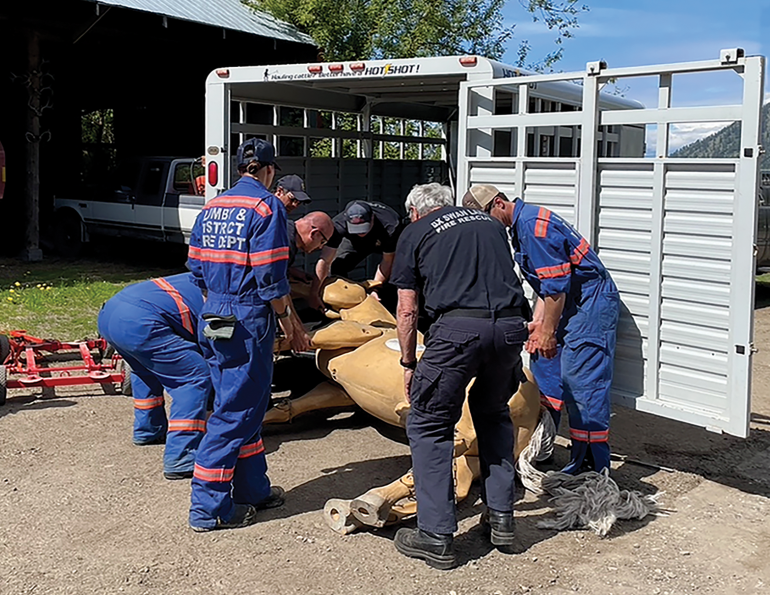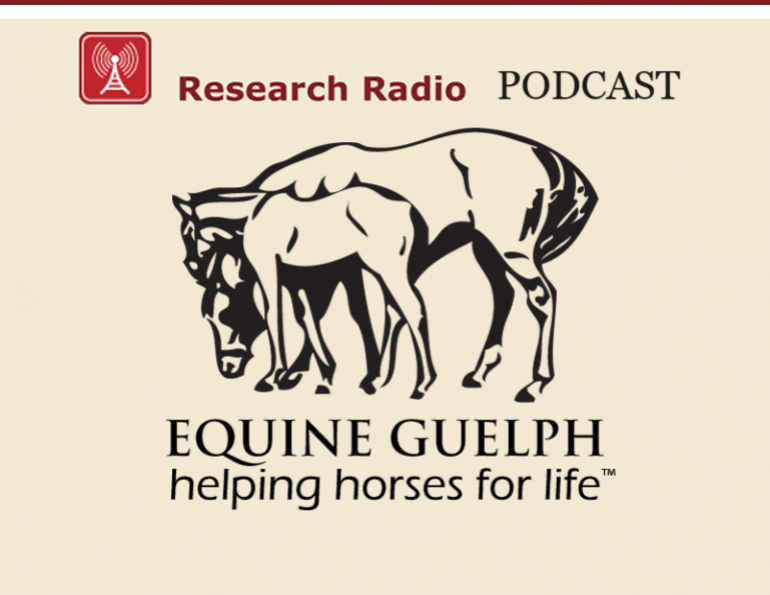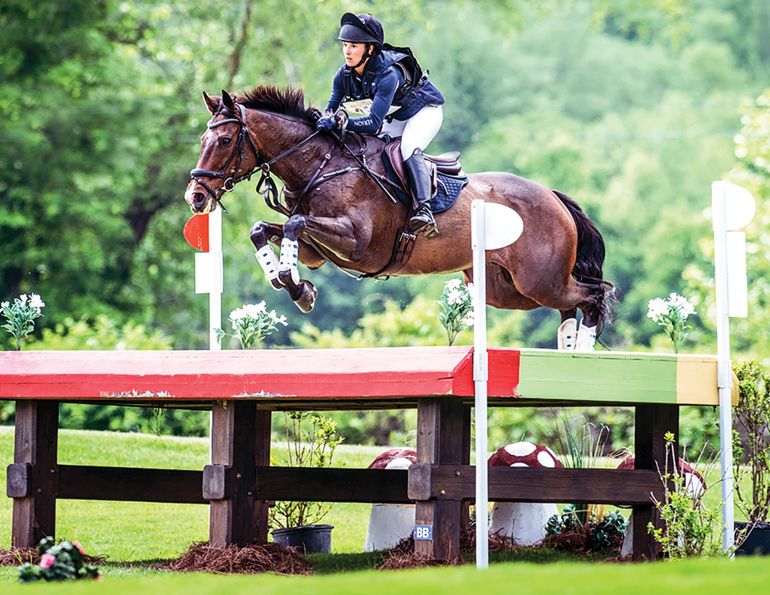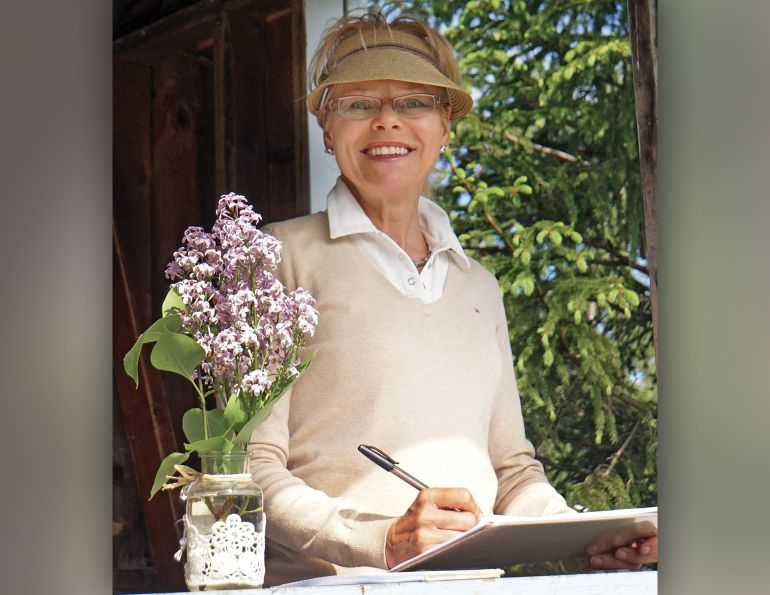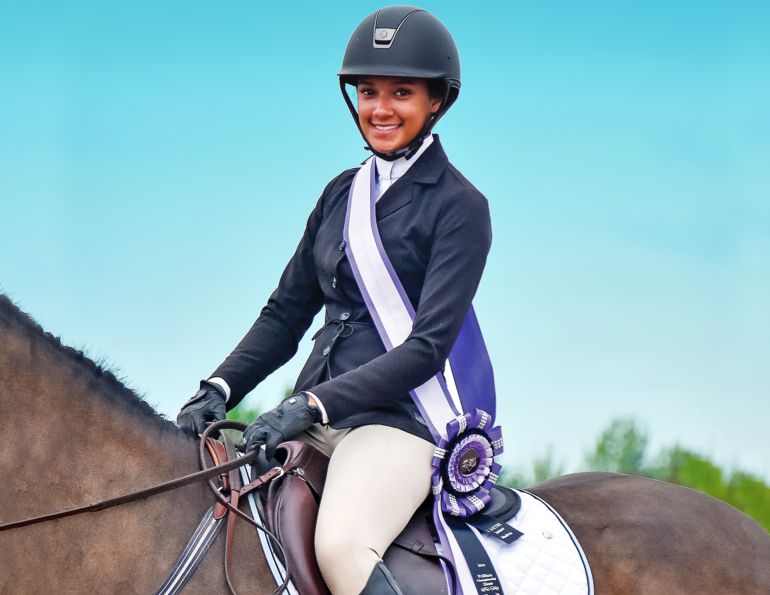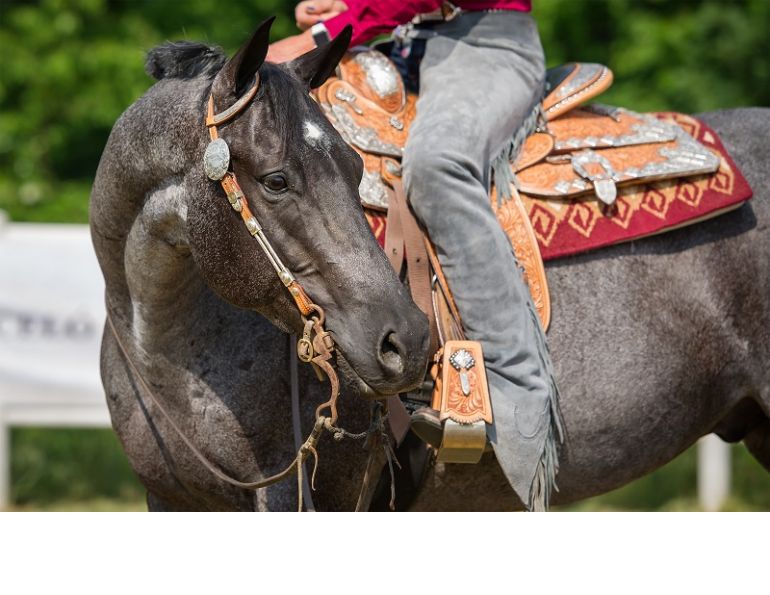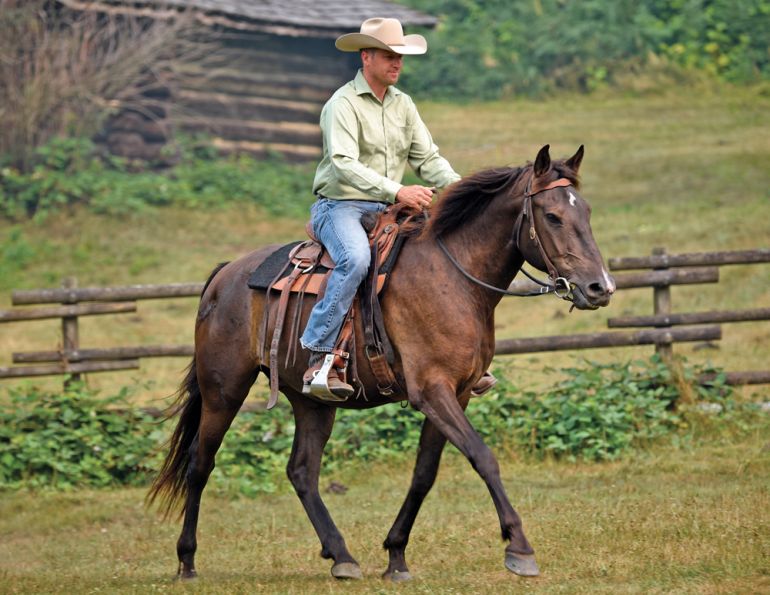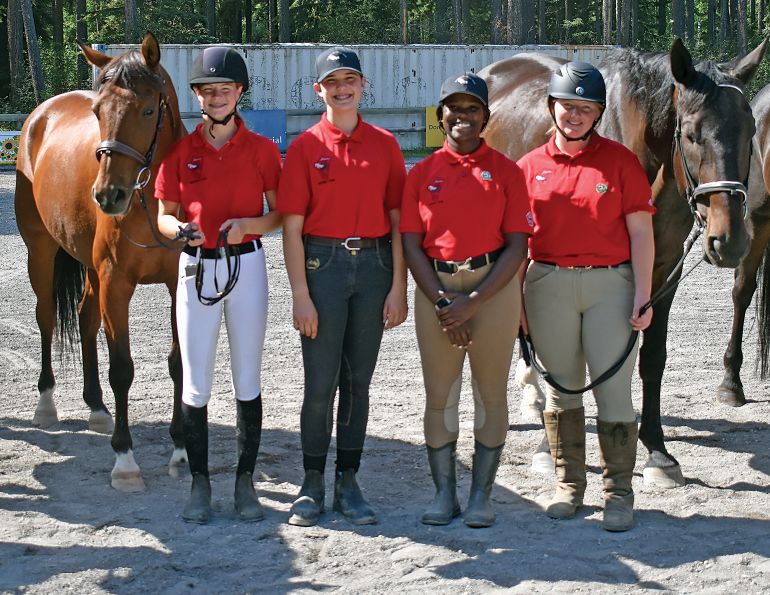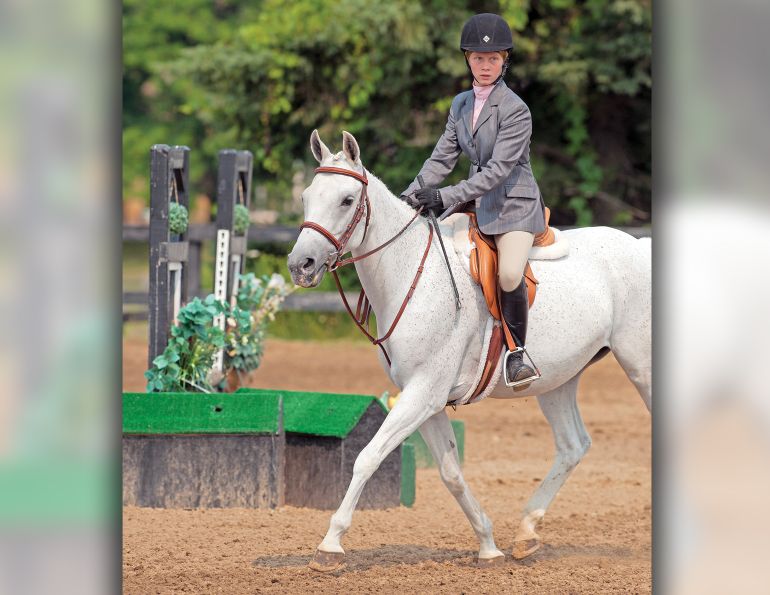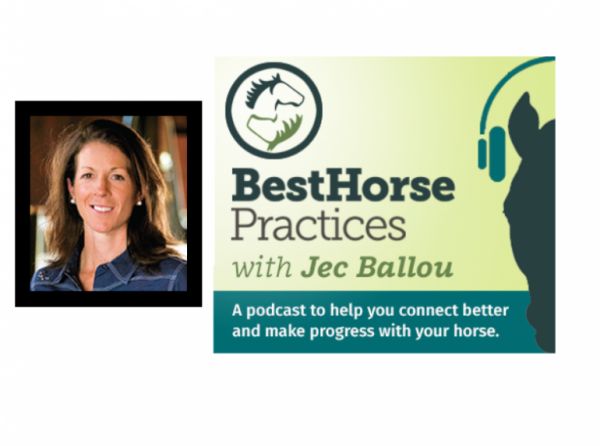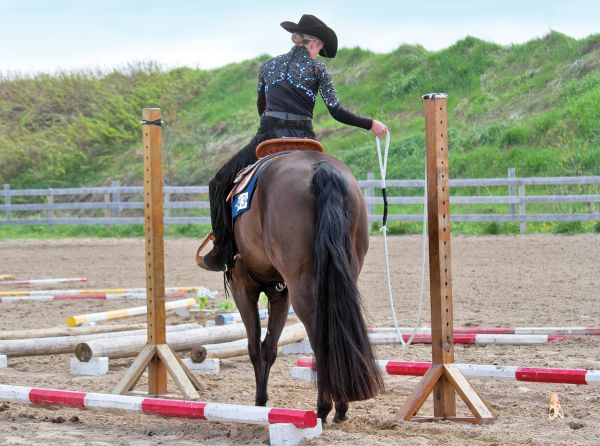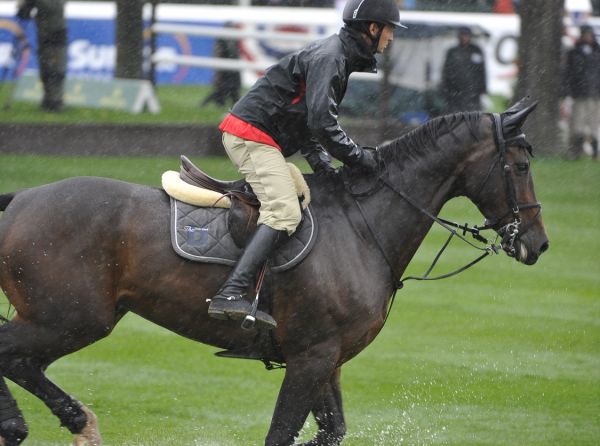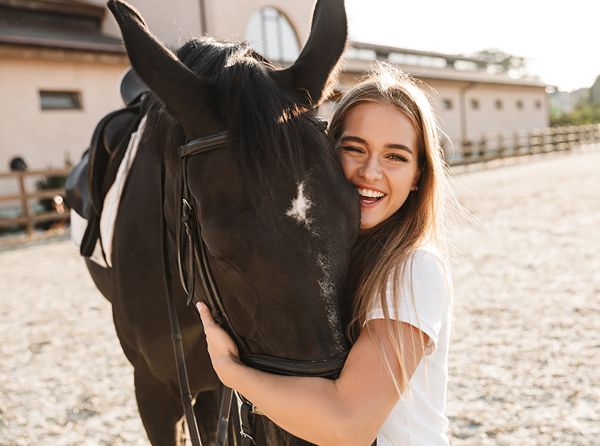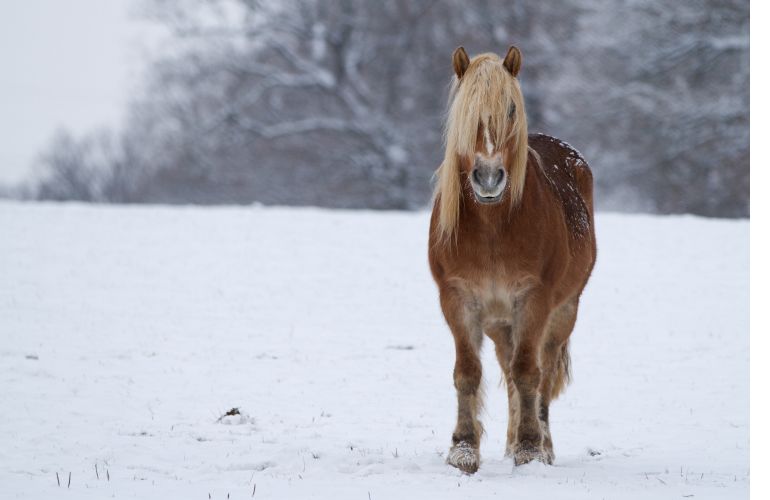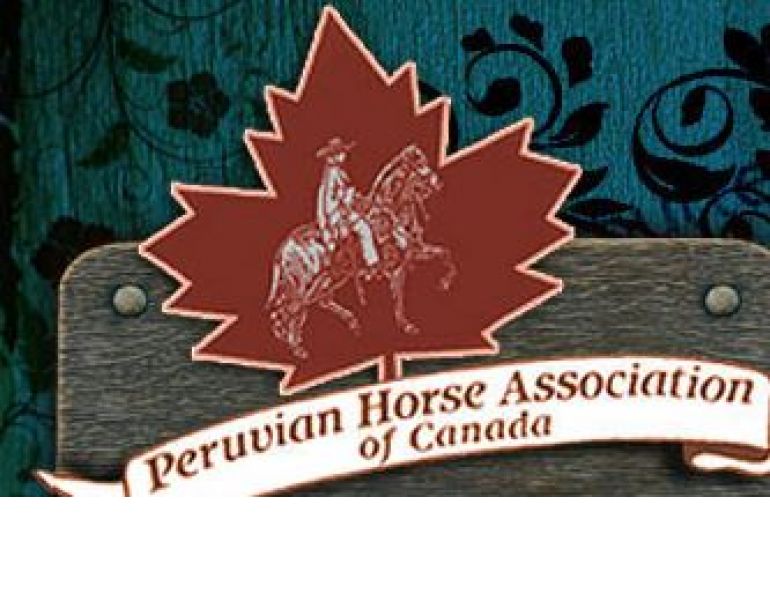By Tania Millen, BSc, MJ
Dressage, show jumping, and three-day eventing are the only Olympic sports where men and women compete against each other. They’ve been doing so for over 50 years, but it’s an aspect of equestrian sport that receives little public recognition.
Most sports are divided by gender — men in one class and women in another — to prevent one sex from having a physical advantage over the other. But the gender of horseback riders and drivers is not considered an advantage or disadvantage. Hence in equestrian events there’s no need to level the playing field by segregating men and women.
Opportunities to equally access riding lessons and compete at the highest echelons of equestrian sports can be empowering, but they don’t necessarily translate into gender equity.
“Equality means everyone is treated the same way, regardless of individual differences,” writes Rise to Win, an American organization. “Equity means everyone is provided with what they need to succeed,” — there are no social or cultural barriers preventing one gender from having greater opportunities than another.
The lack of women winning top level equestrian competitions suggests there are gender barriers to reaching the pinnacles of horse sport. Meanwhile, there’s a dearth of boys entering English horse sports and men competing in dressage. Perhaps the equestrian playing field isn’t as equal as we think.
Women Dominate Lower Levels, English Sports
English lesson barns in Canada report that the vast majority of their junior clients are girls; few boys are involved. It’s the same in Canadian Pony Club. Most members are girls.
Only about one-quarter of adult provincial sport organization members in British Columbia, Alberta, Ontario and Quebec, identify as male. There are even fewer boys who are members.

A 2012 article by Birgitta Plymoth found that in Sweden, women are “active in a full spectrum of roles from grooming to mucking out, to training and competing at elite level. However, boys and men are considerably less engaged in caring for horses in riding schools and elsewhere.”
At international level, the prevalence of men and women depends on the sport. At the 2018 World Equestrian Games in Tryon, USA, 60 percent of the dressage competitors were women while 78 percent of the show jumping riders were men.
In the last 18 years, Canada’s Olympic dressage teams have typified the dressage-for-women divide. Since 2004, 19 riders have competed or been reserve riders on Canada’s Olympic dressage team. Only two of them (11 percent) were men. By comparison, since 2004, 18 riders have competed or been reserve riders on Canada’s Olympic show jumping team. Ten of them (55 percent) were men and eight (45 percent) were women.
The percentage of women competing at International Equestrian Federation (FEI) levels now outstrips men. In 2019, approximately 83 percent of FEI dressage riders, 73 percent of eventing riders, and 61 percent of jumping riders were women, which is comparable to the male-female divide in Canada’s provincial sport organizations.
Related: Dismounting Anti-Black Racism in Horse Racing

At Canada’s English lesson barns the majority of riding students are girls, with few boys entering English horse sports. But at the top levels of show jumping the men greatly outnumber the women. Photo: Shutterstock/Vasyl Syniuk
Rodeos Prioritize Men
Western horse sports have greater percentages of male participants than English horse sports. But most Western sports are connected to the rodeo community where many professional events are solely open to men. Events where women are allowed to compete, such as team roping, cow work, and cutting, remain male-dominated. In 2021, 98 percent of the top 50 National Cutting Horse Association open horses were ridden by men.

A higher percentage of male participants are found in Western horse sports, and many events where women can compete are dominated by men. Women are most visible in barrel racing. Photo: Clix Photography
Barrel racing and breakaway roping are primarily designated for women although men are permitted to compete in these events at some venues. At the 2022 Canadian Finals Rodeo, the barrel racing and breakaway classes were solely for “ladies.”
“Barrel racers are the most visible women competitors in western Canadian mainstream rodeos,” write Desirea Weninger and Christine Dallaire in their 2017 article The gendered barrel racer-horse relationship in Western Canadian rodeo. “Although free to register for other rodeo events, women are funnelled into barrel racing as a societal norm in Western rural culture. The sharp line between feminine and masculine gender norms could explain why women are excluded, for all practical purposes, from other rodeo events.”
Are Women Winning?
A predominance of FEI-level female competitors doesn’t mean women share the podium equally with men. At the Tokyo 2020 Olympics, women won only one-third (32 percent) of the medals in dressage, show jumping, and eventing combined. A woman finally won the individual Olympic gold medal in eventing, 57 years after women were first permitted to compete. Also in 2021, a woman won the Grand National steeplechase for the first time, 46 years after female jockeys were allowed to compete in the 182-year-old race.
In 2022, Canada sent an all-women show jumping team to the World Championships — a first. But men dominated the overall championship results. There were only two women out of 24 riders in the six top-placed show jumping teams.
Reining is a non-rodeo Western event which is popular with women. But similar to English performance sports, there’s a gender split depending on the level of competition. In 2020, 70 percent of the top 20 non-professional National Reining Horse Association (NRHA) riders were women. All of the top 20 professional NRHA riders were men.
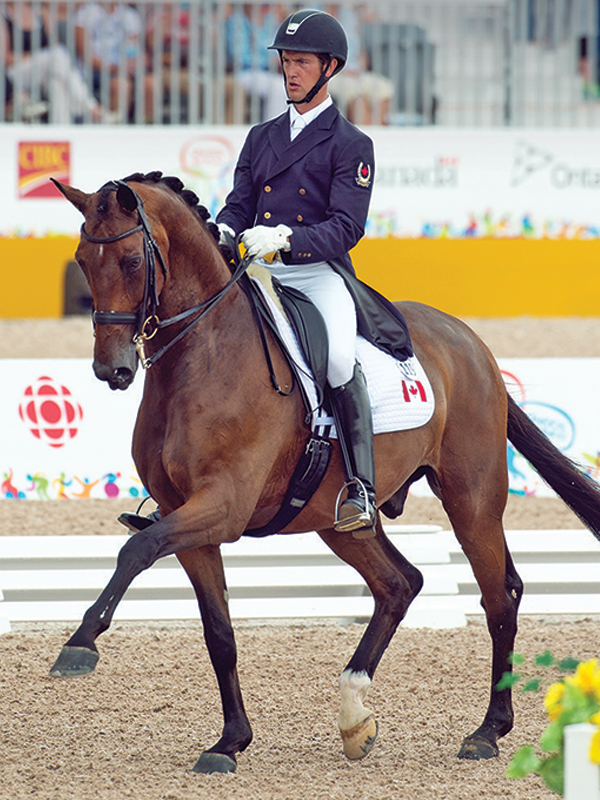
Chris von Martels, shown competing with Zilverstar at the 2015 Pan Am Games in Toronto, was a member of Canada’s Olympic dressage team at Tokyo 2020. He was one of only two male riders on Canada’s Olympic Dressage teams since 2004, the other being David Marcus who competed at London in 2012. Photo: Clix Photography
Equity Linked to Social Norms
Clearly, participation in horse sports is not gender equal and the current FEI president has admitted that sexism and gender discrimination remain a problem in horse sport.
“Equal access and opportunity is a fundamental right and it is our duty to promote and encourage best practice at all levels of our sport,” said Ingmar De Vos in a speech at the 2021 IOC-IF Gender Equality in Leadership Forum. “While equestrian sports have a unique gender balance, we see the necessity to increase female participation and define policies to ensure women carry on leading our sport.
“[Gender equality] is not just a sports issue; it’s society in general,” said De Vos. “We need to look at our practices, electoral processes, biases, weaknesses, and the way we portray our athletes and sport.”
And there’s the crux. Sport imitates cultural and societal gender norms. Those norms shape our lives, behaviour, expectations, perceptions, and interpretations.
Sports worldwide are associated with men and masculinity. Historically, wealthy young men were the sole participants in English equestrian sport. Working cowboys created rodeos for their own entertainment. The words “horseman” and “horsemanship” are ubiquitous in the industry. Gender equality in equestrian sports today is still limited by long-ago history.
In September 2022, Canadian show jumper Tiffany Foster was ranked 29th in the Longines world show jumping ranking and she was the top-ranked woman. There were only two other women in the top 50.
“As much as our sport is equal,” Foster said during an interview with World of Showjumping, “it is not.”
Related: When Does Horse Industry Gossip Cross the Line?
Women are scarce at the highest levels of show jumping. In September 2022, Tiffany Foster was the top-ranked female show jumper in the world at 29th in the Longines world show jumping ranking, one of only three women in the top 50. Foster is shown with Tripple X III competing at the 2015 Pan Am Games in Toronto.
She explained that although there are more women than men show jumping up to a certain level, the numbers of women dramatically decline at the very top. She thinks a big reason is that women peak as show jumping athletes between ages 30 and 40, right when their window for having children is closing. So, they often have to choose between horse sport and having a family — a choice that men don’t have to make.
Gender norms of women staying home to raise children “act as a real restraint on female riders’ ability and desire to compete in elite equestrian sport,” writes Katherine Dashpar in her article Together, yet still not equal? Women and sex integration in equestrian sport. “High-level sport continues to be seen as incompatible with female gender norms and athletes struggle for recognition and resources,” says Dashpar.
“Equestrian sports mirror society and its gender order,” says Plymoth. Therefore, she thinks the image of women in the horse industry needs to shift to achieve greater gender equality. Women need to be shown as the independent, strong, courageous, decision-making competitors they are, and not just horse lovers.
Barriers to Overcome
On a more practical level, national equestrian federation management, sport stewards, and other officials are primarily male. This gender imbalance may subconsciously affect national team selection. Men may be considered better competitors under pressure than women, something that is more difficult to judge from competition results. Many riders are limited by sponsorship. Thus, if sponsors prefer to support riders who may be more likely to be selected for national teams, considered more competitive, and will not have their careers interrupted due to potential pregnancy, perhaps they choose to sponsor male riders over women.
However, there are barriers to boys and men, too. Dressage, low level English horse sports, and many barn jobs are dominated by girls and women. Perhaps boys and men now judge these areas not masculine enough or are concerned society will judge them as not masculine if they become involved. Perhaps males feel unwelcome. Perhaps tight breeches are off-putting.

Girls and women dominate many barn jobs. Do males feel unwelcome, or are these jobs not masculine enough? Photo: Clix Photography
Just as the barriers to women must be identified and addressed for horse sport to become equitable, so must the barriers to boys and men. Dashpar advises: “Without wider changes in gender norms and expectations, sex-integration alone will not be enough to achieve greater gender equality in equestrian sport.”
Only by making changes will equestrian activities and sports live up to their billing as gender equal. Eventually, they may become equitable, too. But for now, there’s work to do.
Related: #MeToo In The Horse Industry
Related: Racial Bias and Ethnic Diversity in the Horse Industry
Main Photo: Shutterstock/Pirita





